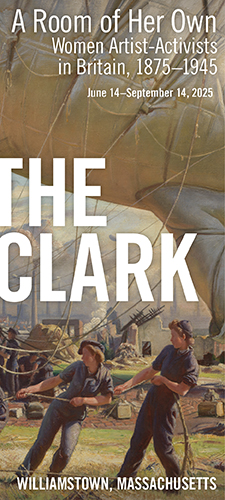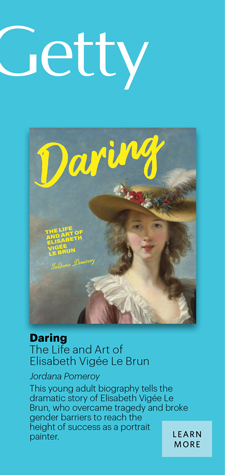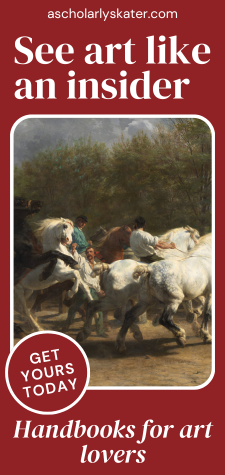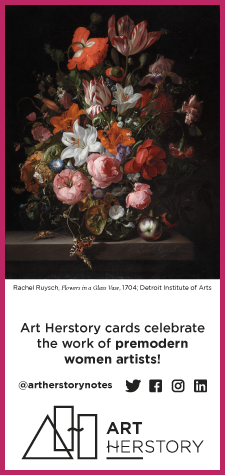Guest post by Cecilia Gamberini
From 2 March 2021 to 25 July 2021, the rooms of Palazzo Reale in Milan are hosting an exhibition devoted to iconic Italian women artists of the Renaissance and Baroque: Le Signore dell’Arte. Storie di donne tra ’500 e ’600 (The Ladies of Art. Stories of women from the 16th and 17th centuries).
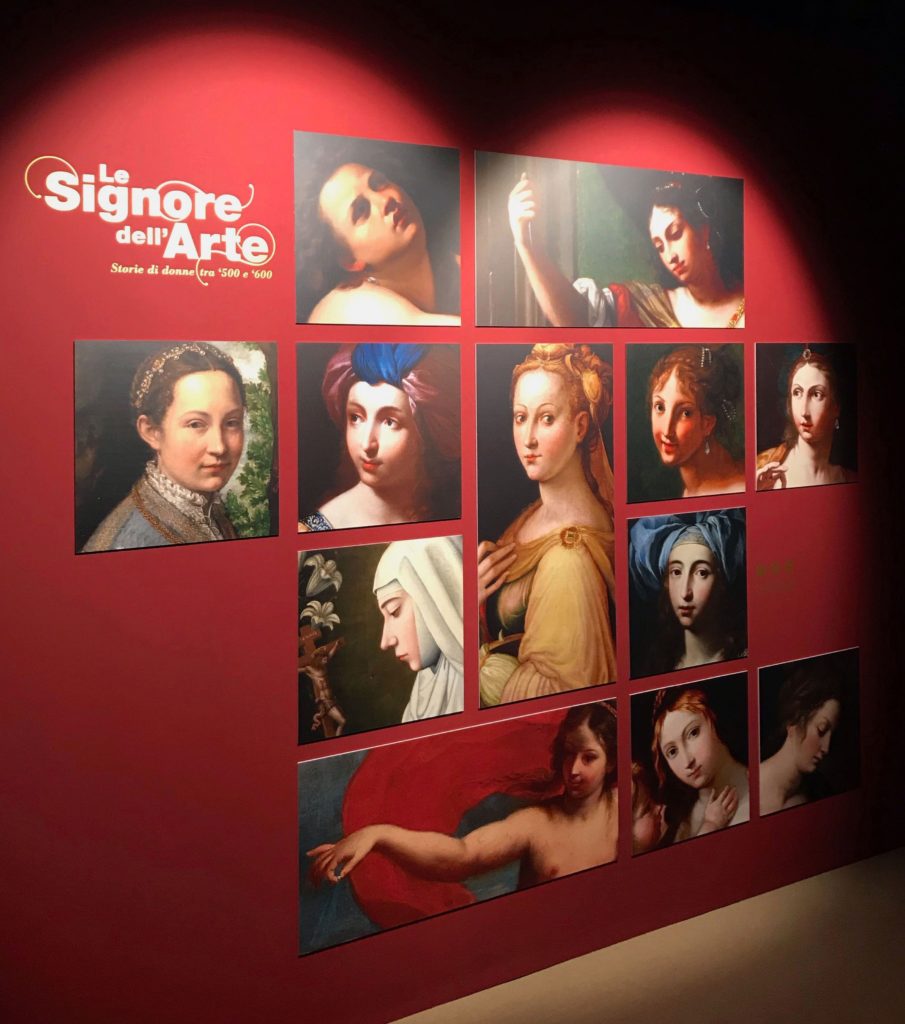
It is an occasion to discover the art and the extraordinary lives of 34 Italian women artists, through over 130 works.
The exhibition focuses on the artistic presence of women in the sixteenth and seventeenth centuries, a period in which their presence in the arts was becoming increasingly significant. Artemisia Gentileschi, Sofonisba Anguissola, Lavinia Fontana, Elisabetta Sirani, Fede Galizia, Giovanna Garzoni, among others, tell us their stories through their paintings.
A Story in Five Sections
The five sections of the exhibition tell the story of these extraordinary women artists. The show explores their lives and the role they played, as well as the success they achieved in some international courts. It highlights their ability to relate to others, to stand out and to establish themselves, sometimes becoming actual businesswomen, demonstrating how to manage their ideals and diverse lifestyles. Moreover, the exhibition illustrates the different kinds of training they received and the various forms of success they achieved as professional artists.
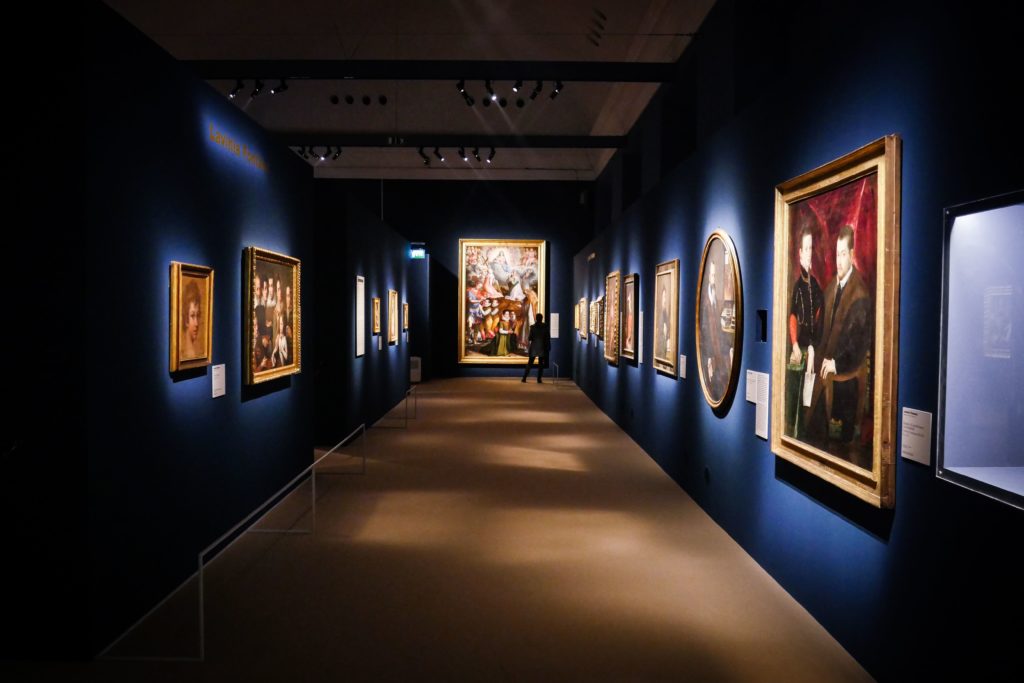
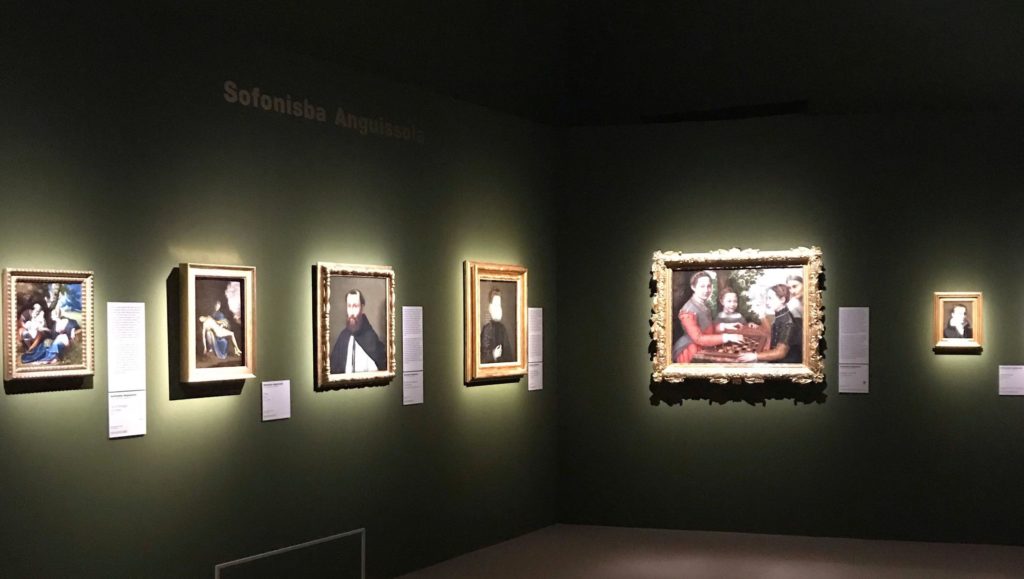
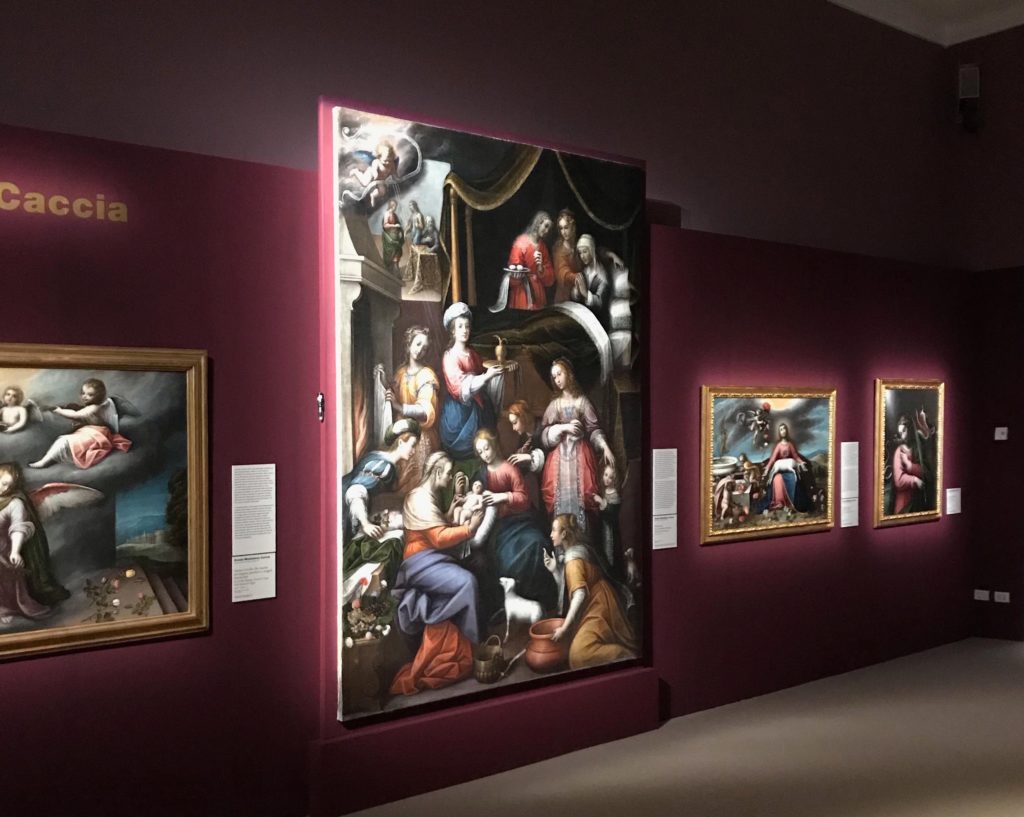
The works selected for the exhibition, under the curatorship of Anna Maria Bava, Gioia Mori and Alain Tapié, come from no fewer than 67 different lenders, including many Italian museums, namely the Gallerie degli Uffizi, Museo di Capodimonte, Pinacoteca di Brera, Castello Sforzesco, Galleria Nazionale dell’Umbria, Galleria Borghese, Musei Reali in Turin, the Pinacoteca Nazionale in Bologna. There are also paintings loaned by international institutions such as the Musée des Beaux Arts in Marseille and Muzeum Narodowe in Poznan, Poland.
What follows is an overview of the exhibition’s five intersecting and overlapping sections.
Vasari’s Women Artists
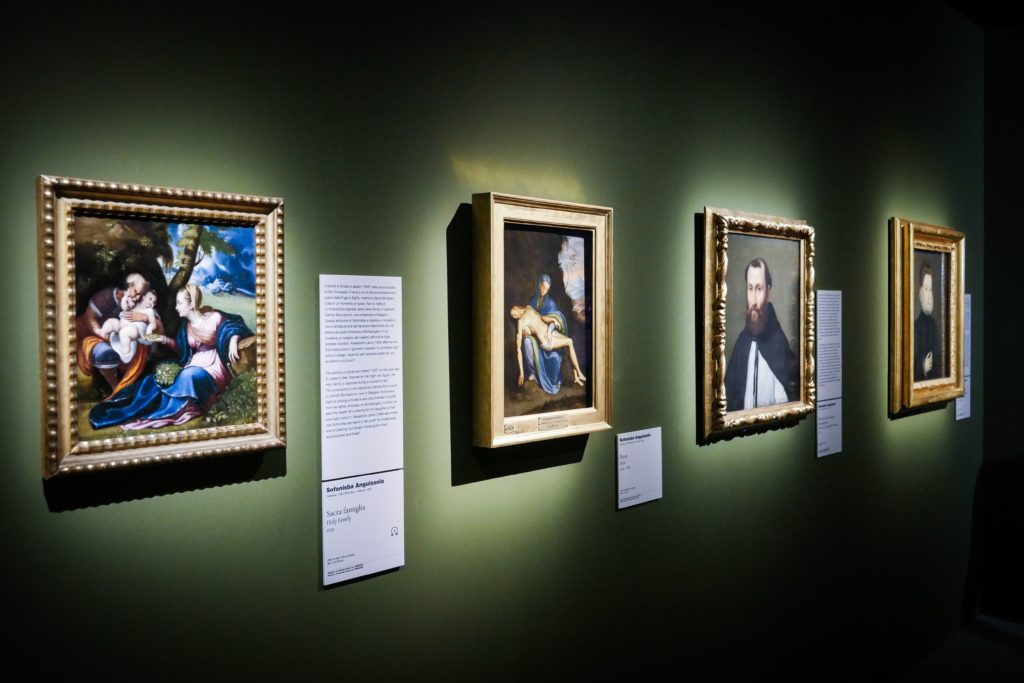
The first section is dedicated to “Vasari’s Women Artists.” It presents the Bolognese sculptor Properzia de’ Rossi, who worked at the basilica of San Petronio. Also in this section is Sofonisba Anguissola, the noblewoman-painter from Cremona. She lived at the court of Philip II in Madrid for some years and died in Sicily.
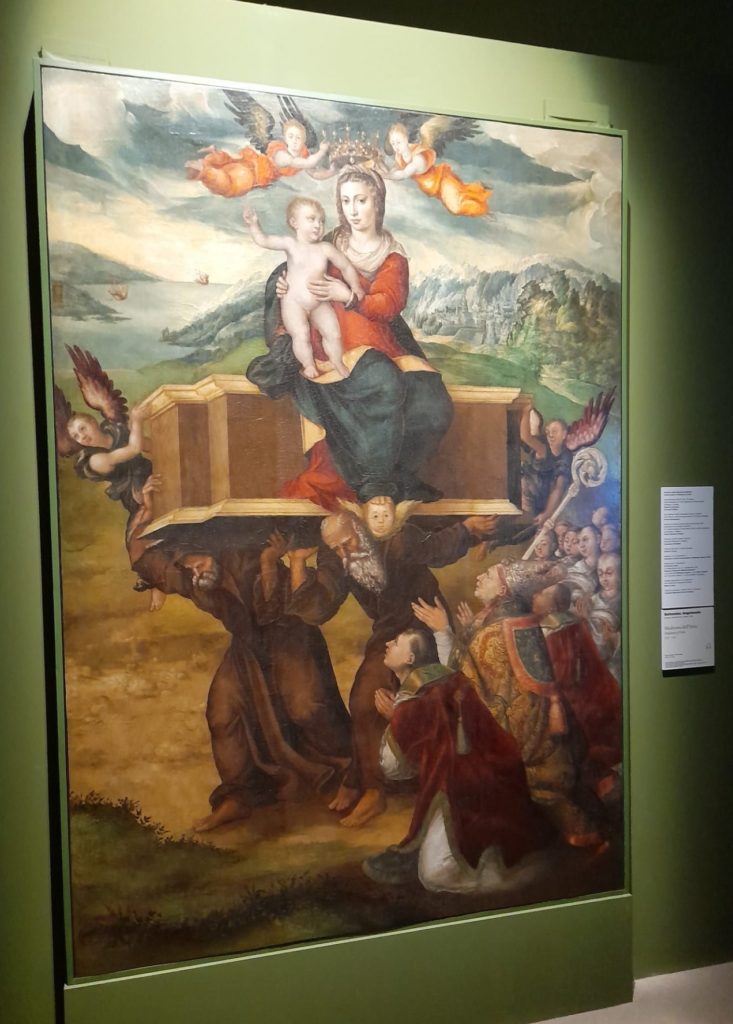
This section also includes a painting shown publicly for the first time, Sofonisba’s “Madonna dell’Itria” altarpiece, which was recently restored by Domenico Cretti in Cremona.
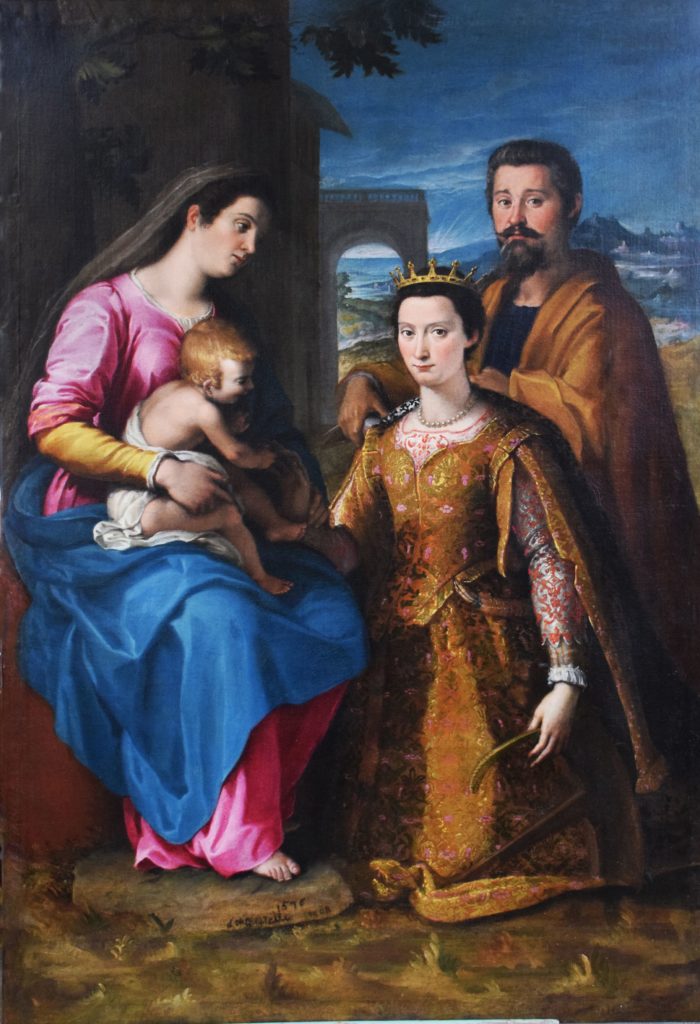
And, this section features the “Mystic Marriage of St. Catherine” of 1576, by Lucrezia Quistelli, from the parish church of Silvano Pietra in the province of Pavia, exhibited here for the first time; as well as a rich embroidered cloth by Caterina Cantoni.
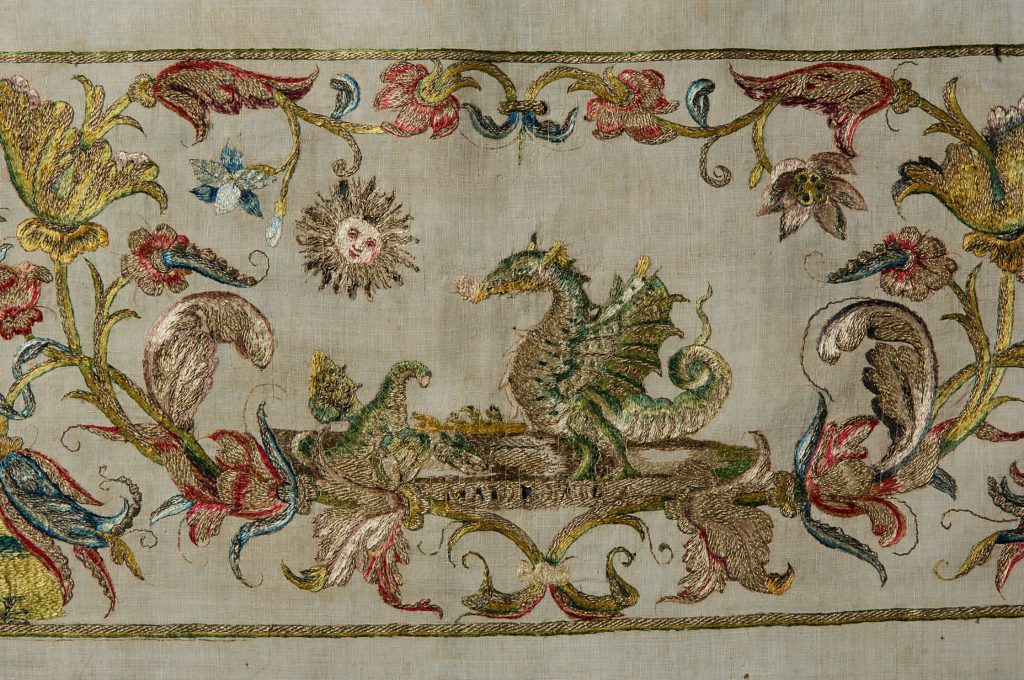
Convent Artists
Some women artists followed in the footsteps of the illustrious 15th-century nun Caterina Vigri from Bologna, about whom Vasari wrote in his “Vite.” The second section of Le Signore dell’Arte profiles works by artist-nuns:
- The Carmelite nun Antonia Doni, whose father was the Florentine painter Paolo Uccello
- The Dominican nun Plautilla Nelli, who at the time was prioress of the convent of Santa Caterina da Siena in Florence. Her training proceeded from the drawings of Fra’ Bartolomeo and she organized a workshop in the convent, where the nuns executed devotional pieces that were also put on the market
- Orsola Maddalena Caccia, taught by her father known as “Il Moncalvo,” who devoted herself to painting altarpieces and chamber pictures, and some still lifes
- Lucrina Fetti, whose brother was the painter Domenico Fetti, and who was active in the convent of Sant’Orsola in Mantua
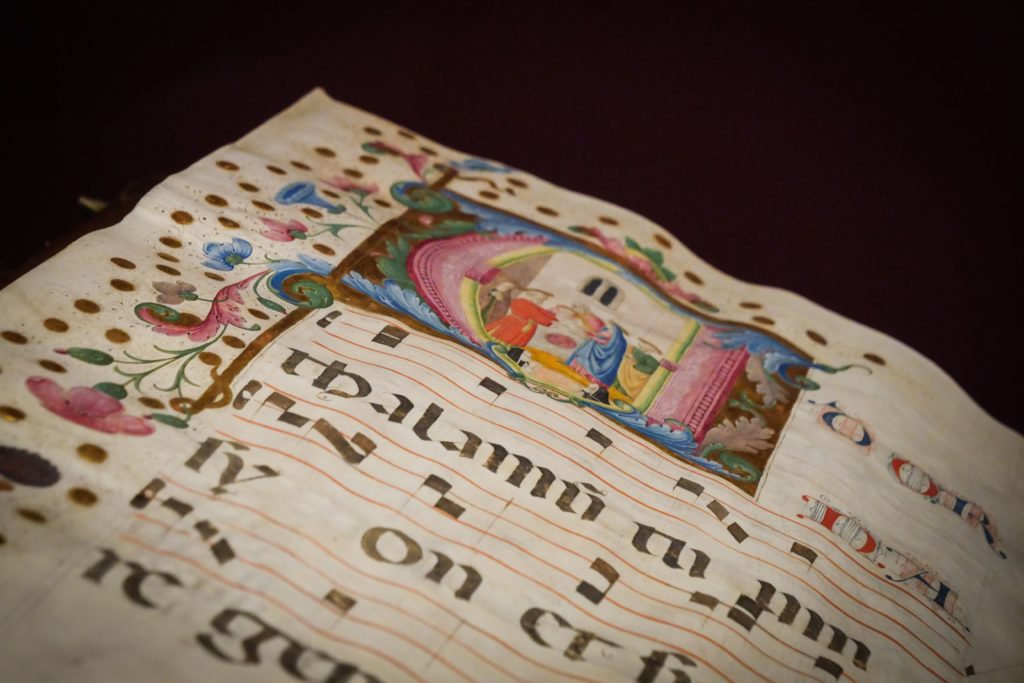
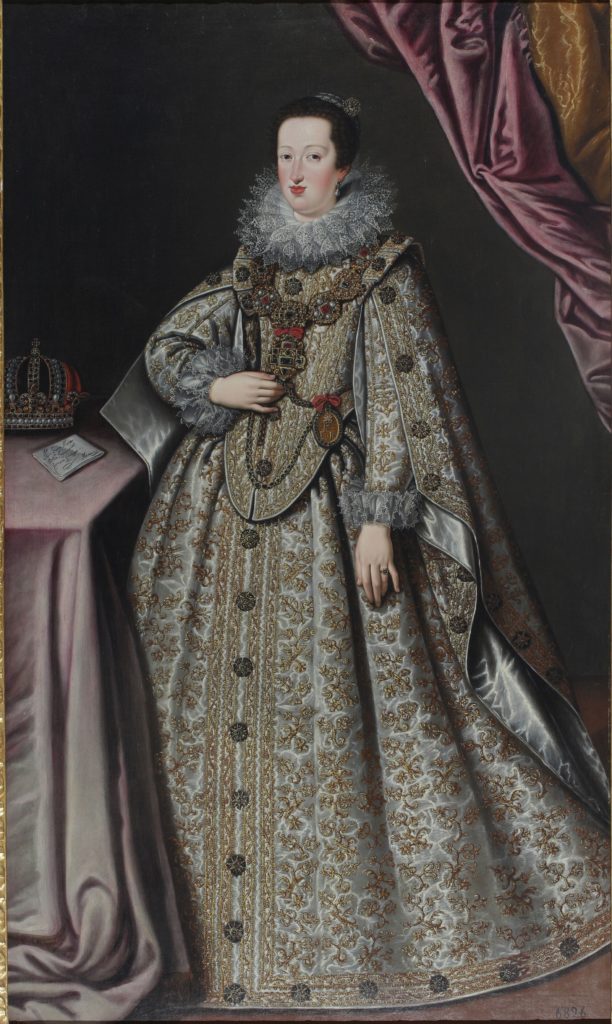
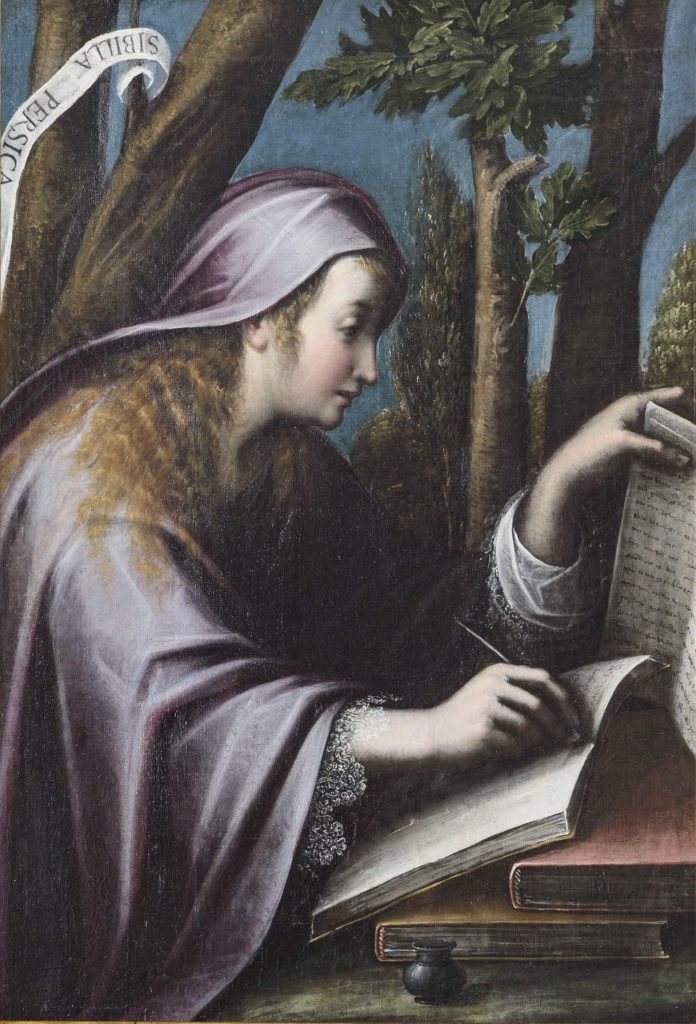
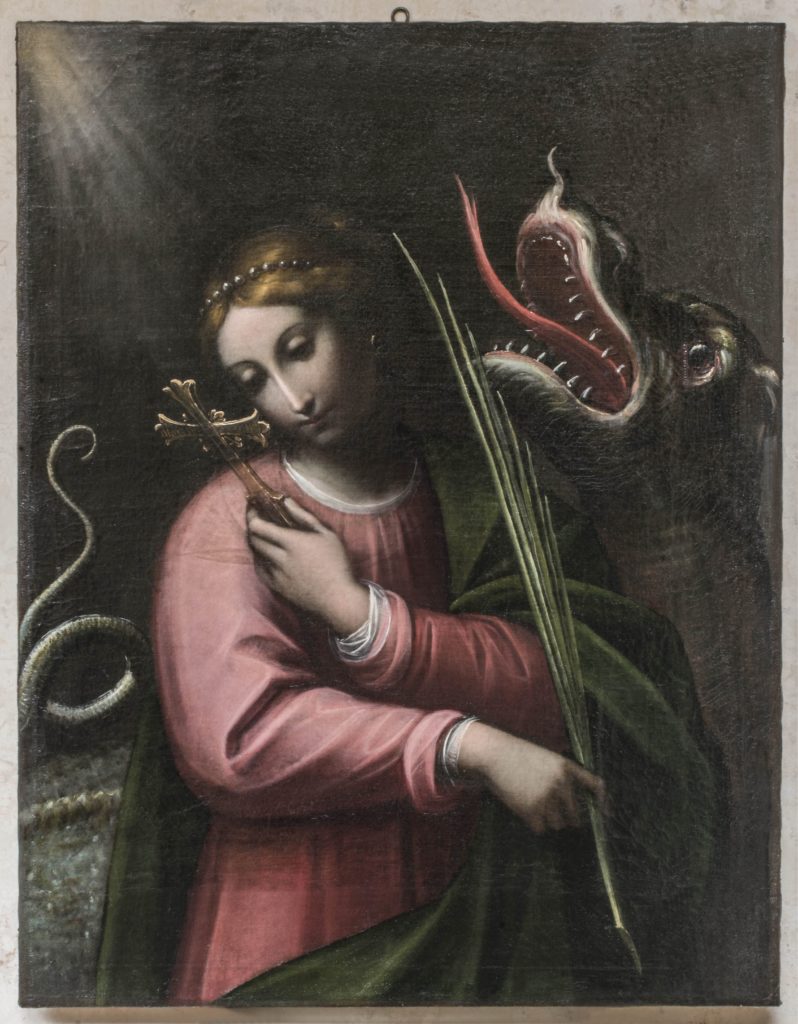
Risparmio di Asti. Right: Saint Margaret of Antioch, mid-17th century, by Orsola Maddalena Caccia; Santuario della Beata Vergine Maria delle Grazie Curtatone (MN). Photos courtesy of Arthemisia.
Family Stories
The third section is dedicated to “family stories”: actually many women artists learned their craft from a member of their family. Here viewers find works by the most celebrated women artists from Bologna, Lavinia Fontana and Elisabetta Sirani. The latter died young, at the age of 27; but she was a very prolific painter, who became a legend. Trained by her father Giovanni Andrea Sirani (who in turn was at one time an assistant of Guido Reni), she also taught Ginevra Cantofoli, among other women.
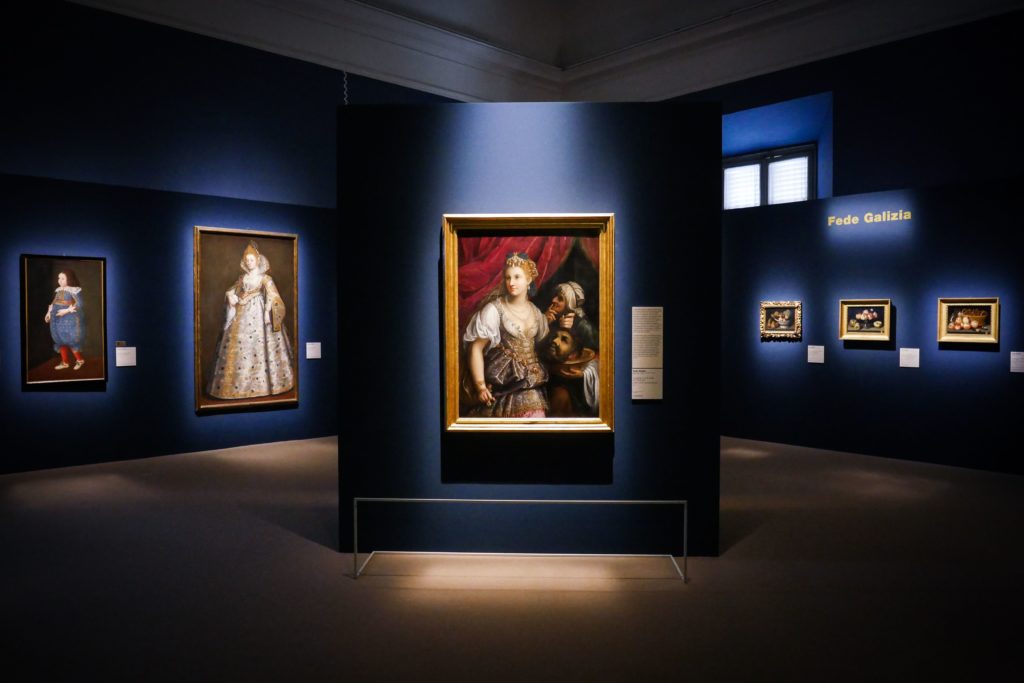
Other artists featured here include
- Fede Galizia, active from Lombardy to Palermo, whose father Nunzio was a painter of miniatures;
- Rosaria Novelli, whose Immaculate Madonna and St Francesco Borgia altarpiece of 1663 is the only work attributed with certainty to the artist, and which left the church of Gesù di Casa Professa in Palermo for the first time to appear in the Milan show;
- Barbara Longhi from Ravenna, whose father and brother were also painters;
- Maddalena Natali from Cremona, whose father was the painter Giovanni Battista Natali
- Marietta Robusti, daughter of Tintoretto; and
- Chiara Varotari, whose father was Dario Varotari the Elder and whose brother was Alessandro Varotari
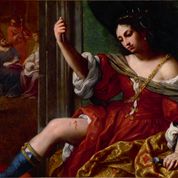
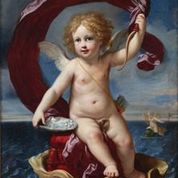
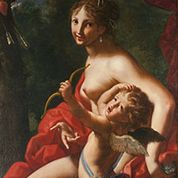
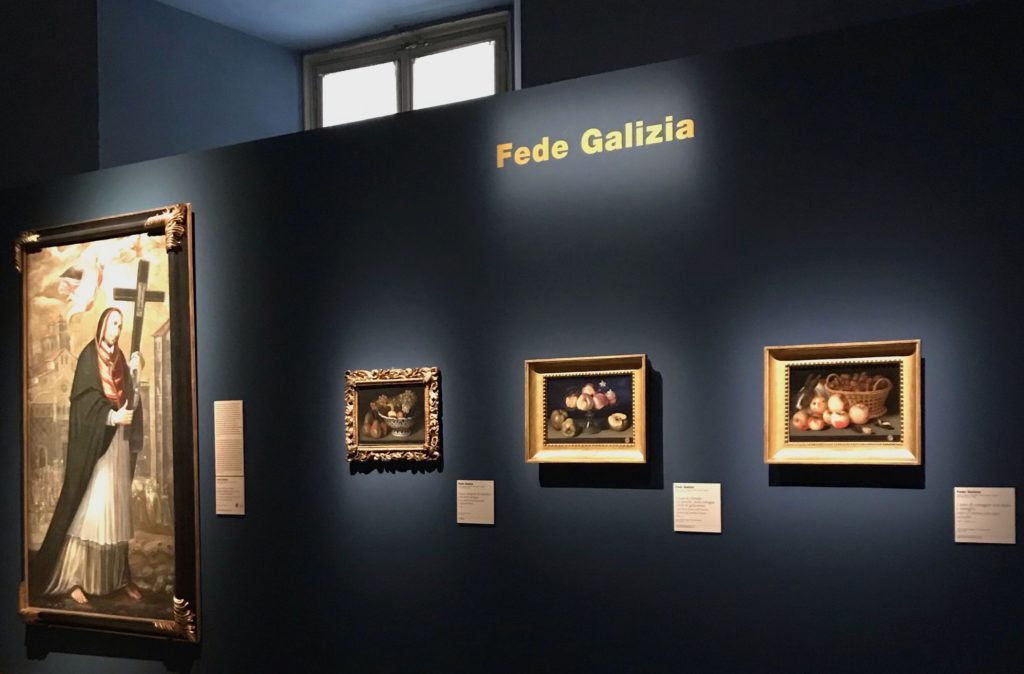
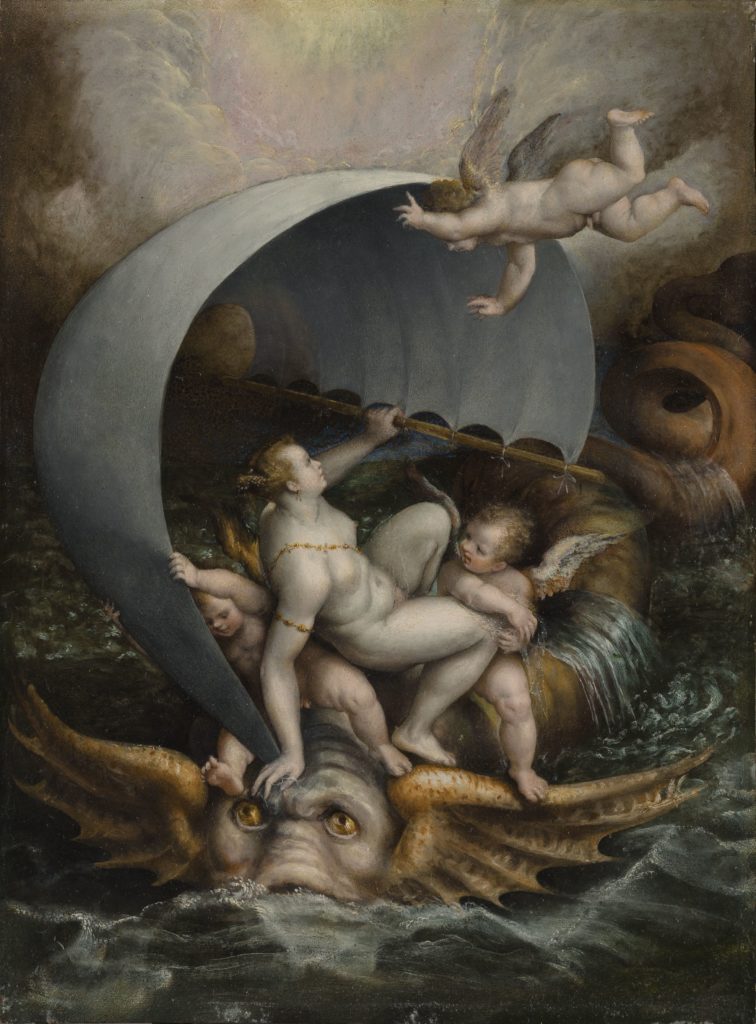
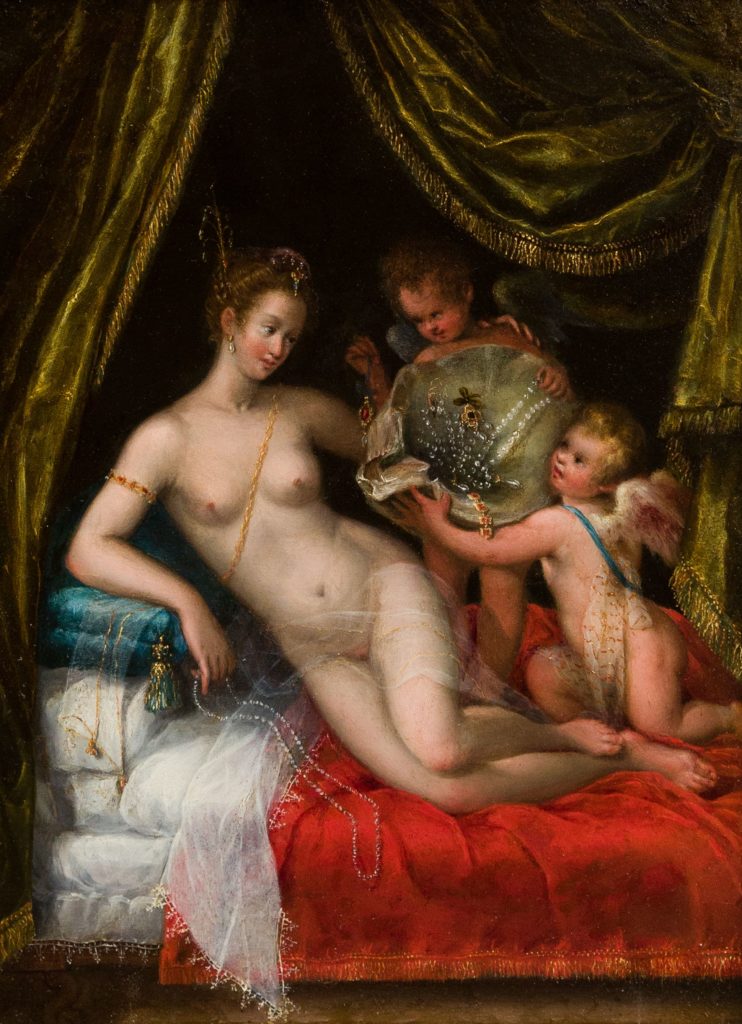
The Academicians
This group of paintings in section four of the show recognizes women academicians. Diana Scultori was the first woman admitted to an association of artists, in the Accademia dei Virtuosi in Rome, founded “to favor the study, exercise and improvement of literature and fine arts and to promote the spiritual elevation of artists.”
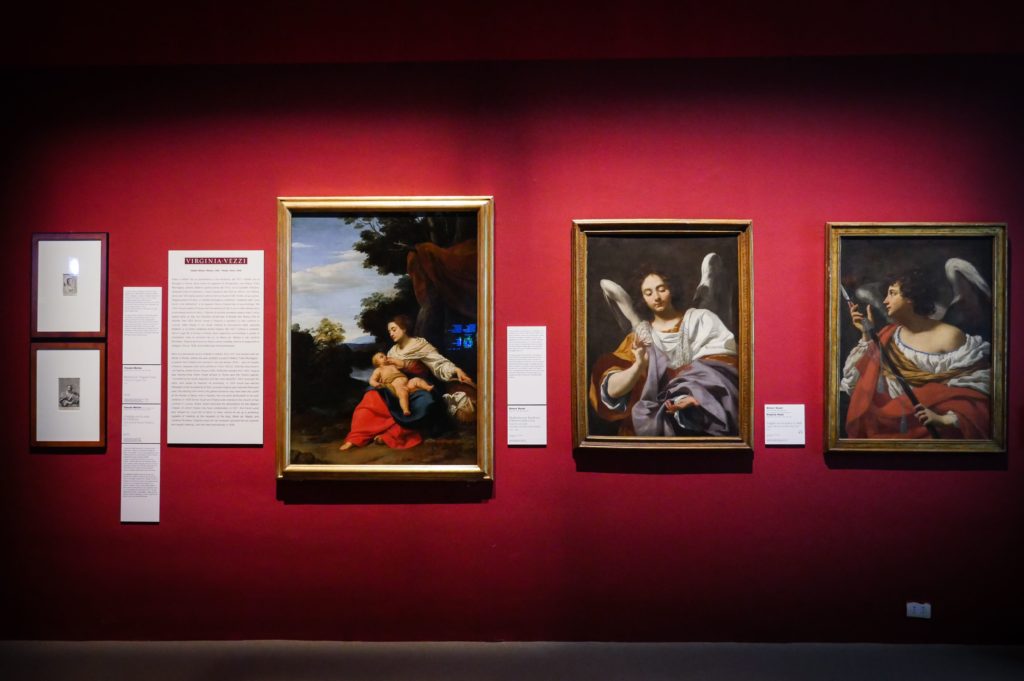
On the other hand, Artemisia Gentileschi entered in Accademia delle Arti del Disegno, in 1616 in Florence, founded by Cosimo I de’ Medici to recognize the excellence of the artists.
Moreover, in Rome there was the famous Academy of San Luca, founded by Federico Zuccari in 1593. But the list of academician female artists for this Academy is longer: it includes Lavinia Fontana, Anna Maria Vaiani, Maddalena Corvina, Giovanna Garzoni, Plautilla Bricci, Virginia Vezzi, Elisabetta Sirani, Isabella Parasole, Teresa Del Po, Lucia Neri, Ippolita De Biagi, Giustiniana Guidotti, and Caterina Ginnasi.
Artemisia Gentileschi
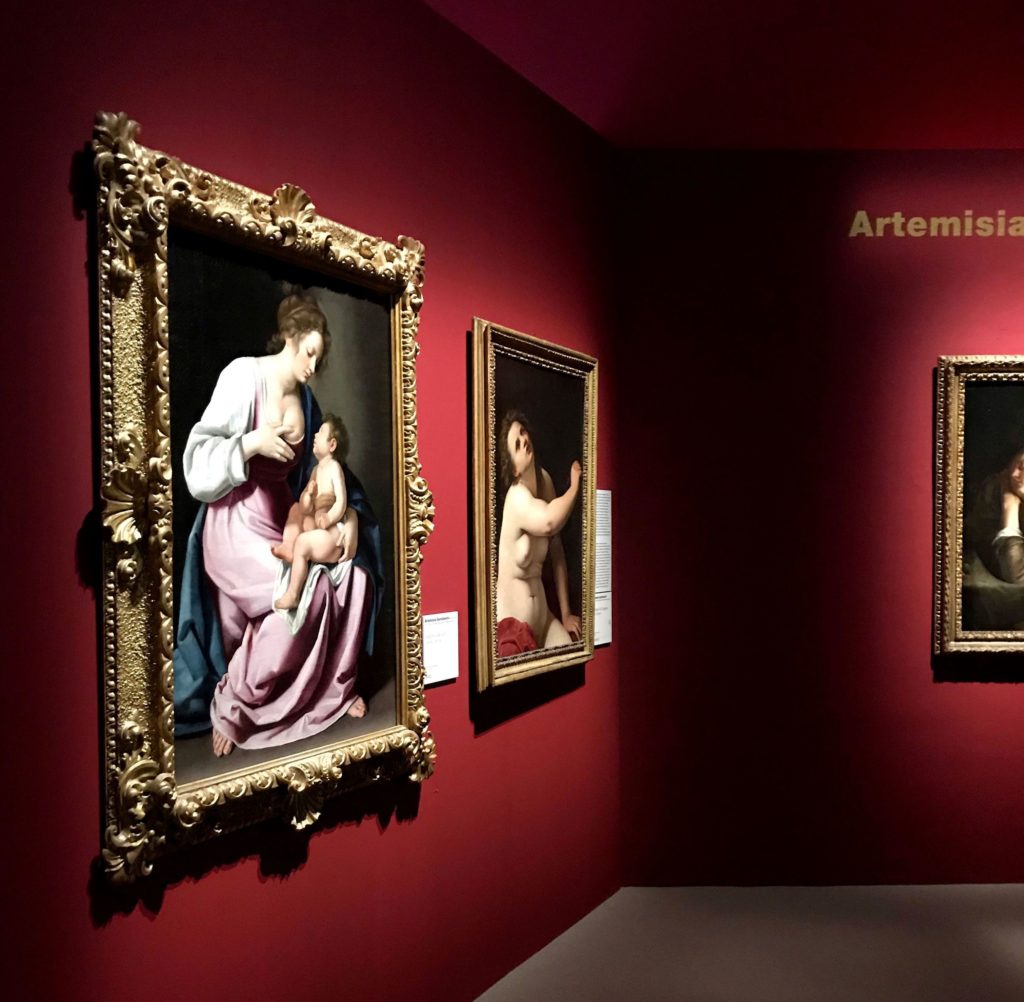
The fifth and final section of Le Signore dell’Arte is totally devoted to Artemisia Gentileschi, the foremost woman painter and the most gifted of them all. Filippo Baldinucci describes her as the most skilled of all. Artemisia’s tormented and transgressive life, including the rape case that involved her, made her a symbol of rebellion; and, as a painter, she was a manifesto of awareness of her professional identity.
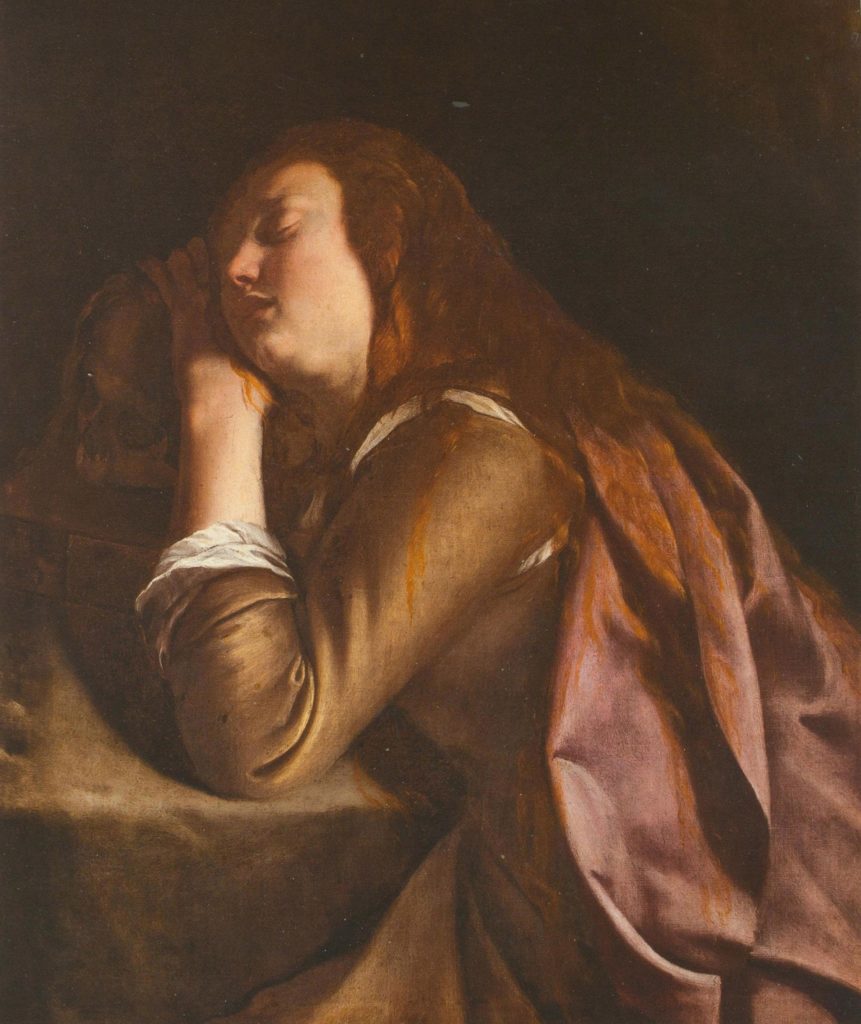
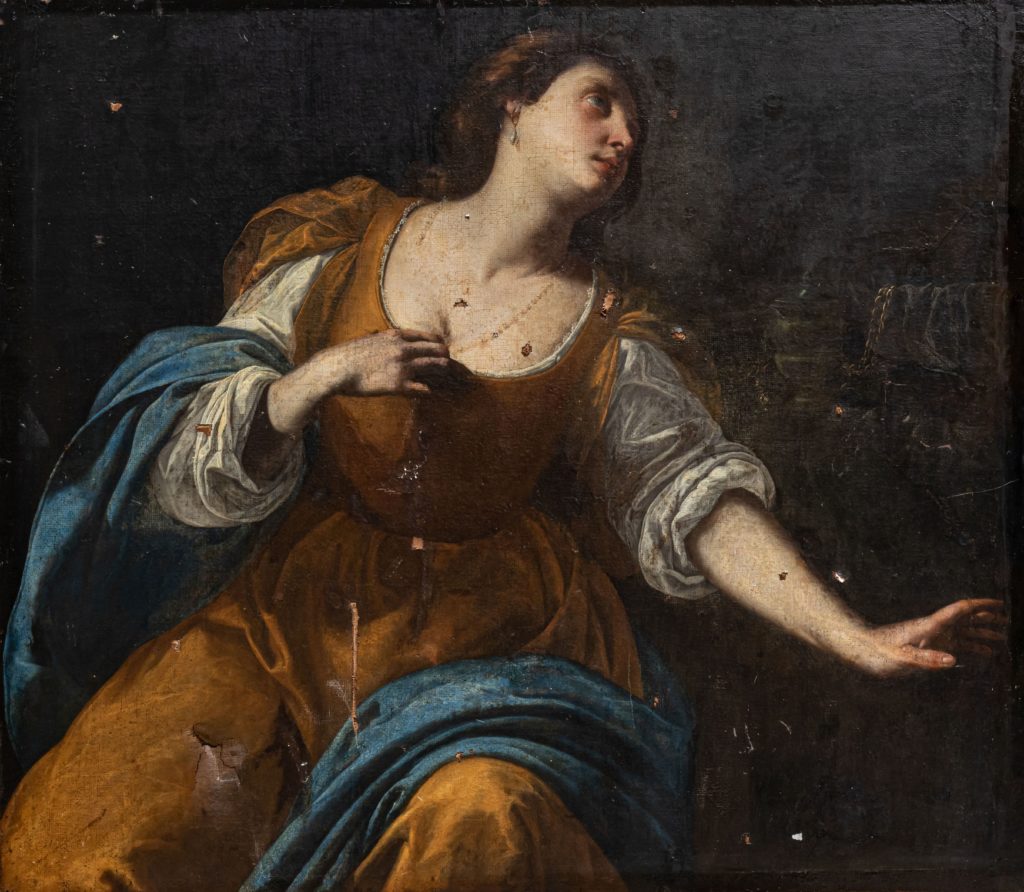
She was born in Rome in 1593, daughter of Orazio Gentileschi; she practiced her art in London, Florence, Venice, and Naples. Her biblical heroines—like Judith, Delilah, and Jael—are the committers of atrocious acts in which men become the victims. Her historical heroines possess a monumental and vital physicality at the dramatic moment of suicide, choosing to die rather than be subjugated. The artist’s saints, from Magdalene to Catherine of Alexandria, are women who aspire to salvation, achieved through penitence or wisdom.
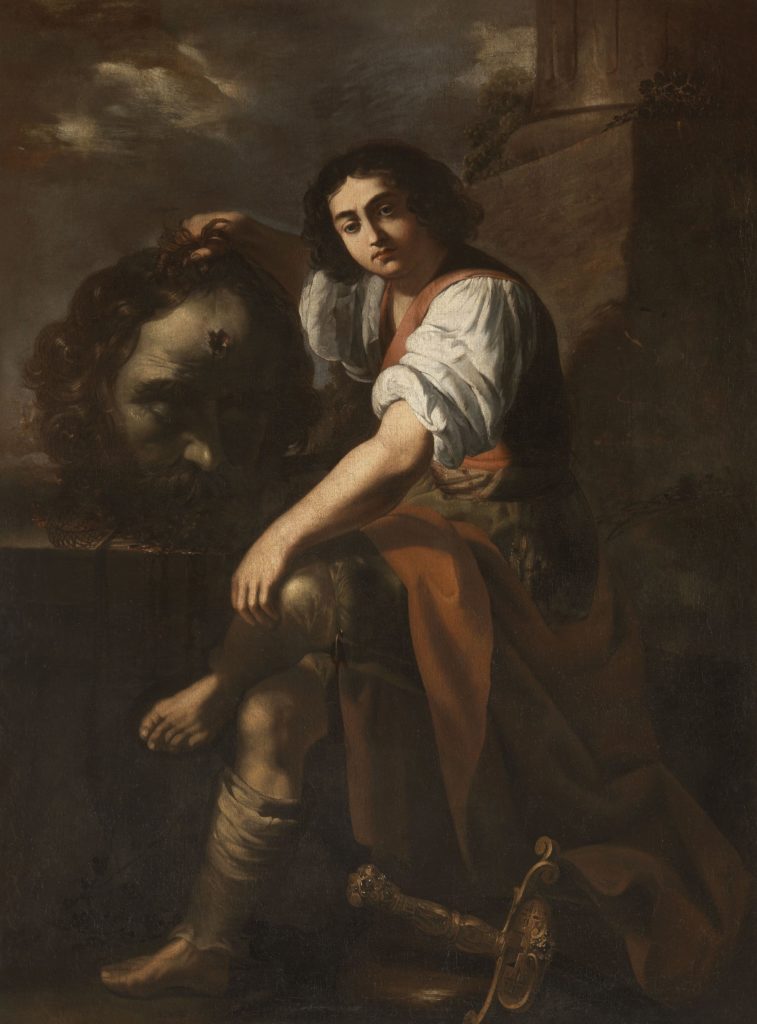
From her Neapolitan period, the exhibition displays David with the Head of Goliath, which was seen in her studio by Joachim von Sandrart in 1631, and the Magdalene from the Sursock Collection, which belongs to an aristocratic family in Lebanon. The painting was damaged during the explosion at the port of Beirut on 4 August 2020, and is on display in its present damaged state. This newly discovered work has never been exhibited before, and is a fundamental addition to the Gentileschi catalogue.
Conclusion
This exhibition turns out to be an excellent opportunity to open our gaze to female artists and their production, to expose specialist and non-specialists alike to paintings which prove that women artists of the sixteenth and seventeenth centuries had no reason to envy their male counterparts.
Despite the fact that in the last decades female artists have been rediscovered and are gaining a prominent place in the history of art and in the museum, they still seem to occupy a place distant and apart, almost embodying that idea of “meraviglia” so dear to Vasari.
At any rate, in 2021 an exhibition on female artists should therefore not appear to be a revolutionary act, but rather a review to let everyone know the works created by extraordinary women. In fact, despite the society in which they lived and the subordinate position in which society placed them constantly, they managed to emerge, and to leave us a trace of themselves.
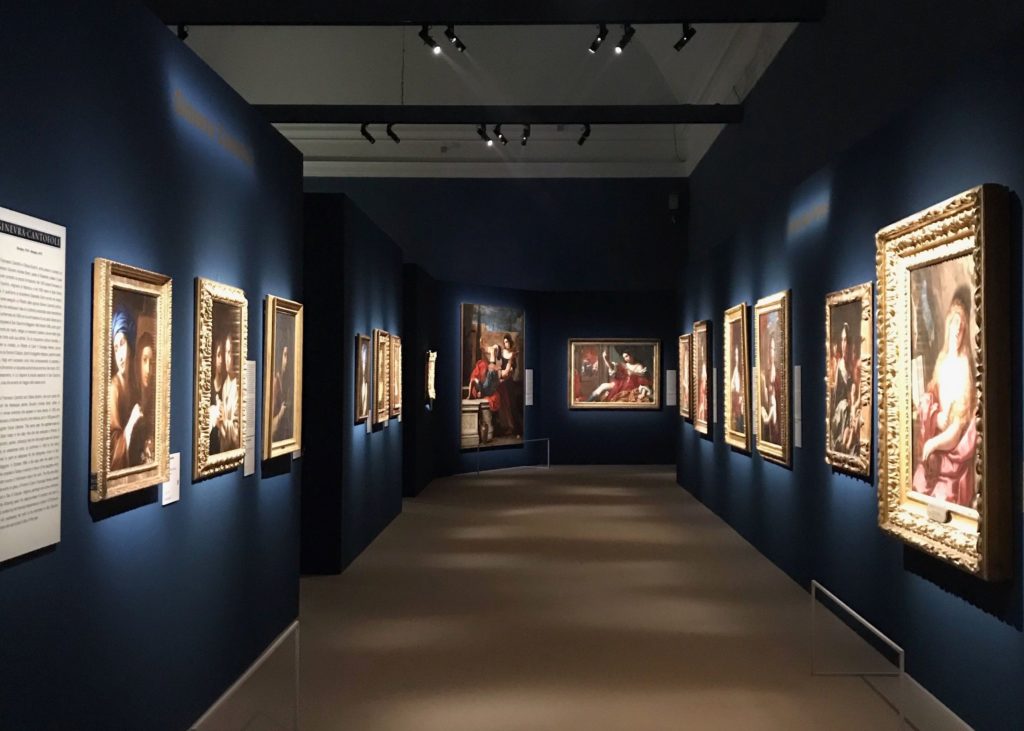
Dr. Cecilia Gamberini received her PhD cum laude in 2018 at the Autonomous University of Madrid with a thesis on “Sofonisba Anguissola, dama y pintora de Isabel de Valois: de Cremona a la corte de Felipe II.” Her research is focused on the history of women, the Spanish court, and Sofonisba Anguissola between Italy and Spain. She wrote for the catalogue for the Prado Museum’s exhibition “A Tale of Two Women Painters: Sofonisba Anguissola and Lavinia Fontana” in 2019. Among the publications we can mention are her contribution on Sofonisba Anguissola in the book Women Artists in Early Modern Italy (Brepols, 2016) and a chapter in Women Artists in the Early Modern Courts of Europe (forthcoming from Amsterdam University Press, 2021).
Publisher’s note: The next exhibition we know of that features Italian women artists of this time period is By Her Hand: Artemisia Gentileschi and Women Artists in Italy, 1500–1800. The show is slated to open September 30, 2021, at the Wadsworth Atheneum in Hartford, CT. It moves in February 2022 to the Detroit Institute of Arts.
More Art Herstory blog posts about Italian women artists:
Roma Pittrice: Women Artists at Work in Rome Between the Sixteenth and Nineteenth Centuries, by Alessandra Masu
The Restoration of Royalty: Lavinia Fontana’s Queen of Sheba and King Solomon, by Dr. Aoife Brady
By Her Hand: Personal Thoughts and Reflections on an Exhibition, by Oliver Tostmann
Sister Eufrasia Burlamacchi (Lucca, 1478–1548), by Dr. Loretta Vandi
Giovanna Garzoni’s Portrait of Zaga Christ (Ṣägga Krǝstos), by Dr. Alexandra Letvin
Artemisia Gentileschi: What Wasn’t in the London Exhibition and Why it Matters, by Dr. Jesse Locker
“I feel again the violence of a curious desire”: Rare client testimonies on Rosalba Carriera’s erotic art, Guest post by Dr. Angela Oberer
Plautilla Bricci (1616–1705): A Talented Woman Architect in Baroque Rome, Guest post by Dr. Consuelo Lollobrigida
Two of a Kind: Giovanna Garzoni and Artemisia Gentileschi, Guest post by Dr. Mary D. Garrard
Sister Caterina Vigri (St. Catherine of Bologna) and “Drawing for Devotion,” Guest post by Dr. Kathleen G. Arthur
Orsola Maddalena Caccia (1596–1676), Convent Artist, Guest post by Dr. Angela Ghirardi
Rediscovering the Once Visible: Eighteenth-Century Florentine Artist Violante Ferroni, Guest post by Dr. Ann Golob
Renaissance Women Painting Themselves, Guest post by Dr. Katherine McIver
The Priceless Legacy of Artemisia Gentileschi: A Curator’s Perspective, Guest post by Dr. Judith W. Mann
More Art Herstory exhibition reviews:
Making Her Mark Leaves its Mark at the Art Gallery of Ontario, by Isabelle Hawkins
Early Modern European Women Artists at the Montreal Museum of Fine Arts, by Erika Gaffney
Female Artists and their Remarkable Careers: An Appeal to Rethink Art History, by Jenny Körber
Sofonisba Anguissola in Holland, an Exhibition Review, by Erika Gaffney with Cara Verona Viglucci
Rosa Bonheur—Practice Makes Perfect, by Ien G.M. van der Pol
Judith’s Challenge, from Lavinia Fontana to Artemisia Gentileschi, by Alessandra Masu
Reflections on Making Her Mark at the Baltimore Museum of Art, by Erika Gaffney
Thérèse Schwartze (1851–1918), by Ien G.M. van der Pol
Anna Dorothea Therbusch: A Woman Painting Against Eighteenth-century Odds, by Stephanie Pearson
Thoughts on By Her Hand, the Hartford Iteration, by Erika Gaffney
Plautilla Bricci: A Painter & “Architettrice” in Seventeenth-century Rome, by Alessandra Masu
Thoughts on Feminist Art History in the Wake of Artemisia: Vrouw & Macht at Rijksmuseum Twenthe, by Dr. Jitske Jasperse
By Her Hand: Personal Thoughts and Reflections on an Exhibition, by Oliver Tostmann
In defense of monographic exhibitions of female artists: The case of Fede Galizia, by Camille Nouhant
“Artemisia” at the National Gallery: A Review, by Dr. Sheila McTighe
“La grandezza del universo” nell’arte di Giovanna Garzoni / “The grandeur of the universe” in the art of Giovanna Garzoni, by Dr. Sara Matthews-Grieco
Warp and Weft: Women as Custodians of Jewish Heritage in Italy, by Dr. Anastazja Buttitta
Women Artists of the Dutch Golden Age at the National Museum of Women in the Arts
A Tale of Two Women Painters, by Natasha Moura
Hearts of Our People: Native Women Artists, by Dr. Elizabeth Sutton
“Bright Souls”: A London Exhibition Celebrating Mary Beale, Joan Carlile, and Anne Killigrew, by Dr. Laura Gowing

